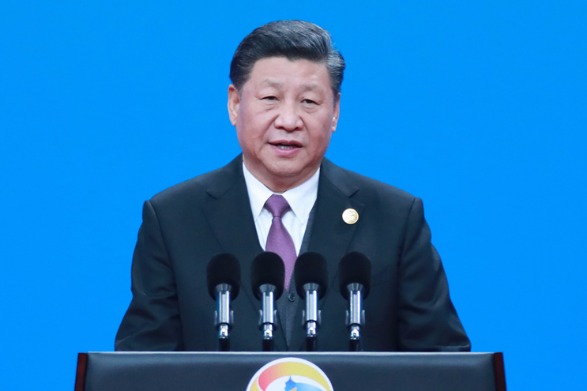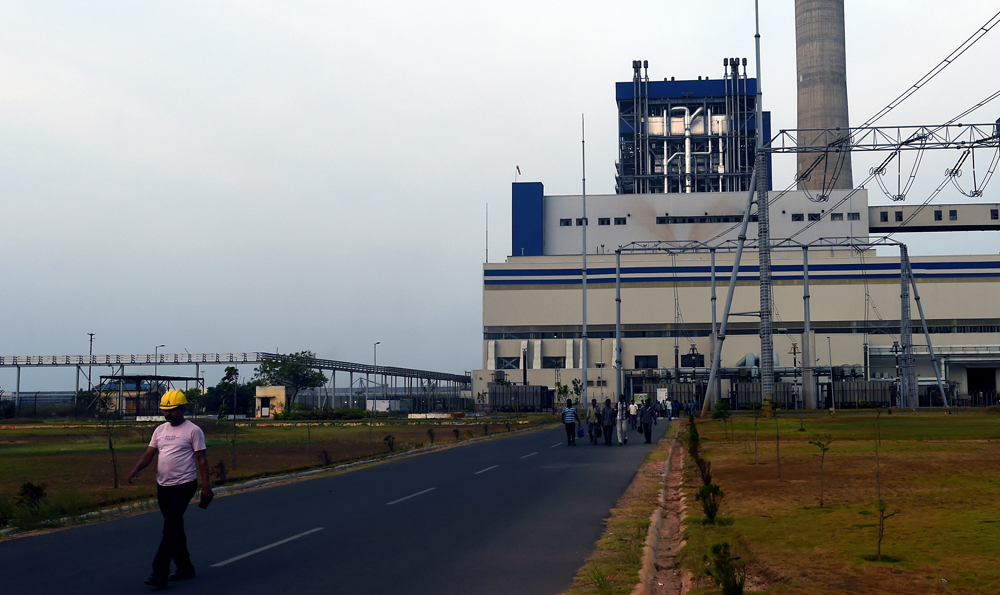How trade across the Himalayas benefits Nepali farmers and Chinese herdsmen
The weeds, cornstalk and rice hulls that Nepali farmers once burned as waste can be exported to earn cash. The farmers had previously wondered how their waste can be exchanged for wealth, and later found an answer through cooperation across the Himalayas.
When learning about a project proposed by a Chinese company, Yegya Raj Kharel, communication officer with Nepal's Ministry of Industry, Commerce and Supplies, became excited and said "it is a very good project, from which many Nepali farmers could benefit."
"The Nepali weeds and agricultural waste could be turned into something useful for Tibetan cattle and sheep, bringing economic benefits to farmers and herdsmen from both China and Nepal," said Dong Qijun, technology expert of Xigaze Qomolangma Agriculture and Husbandry Investment Group Co. Ltd.
Nepal is traditionally an agricultural country. According to Nepal's Ministry of Finance, the agriculture sector contributed about 30 percent to the country's gross domestic product in the fiscal year 2017-2018. However, local farmers are struggling with troubled waste disposal.
Meanwhile, on the other side of the Himalayas, herdsmen in China's Tibet Autonomous Region have another problem -- shortage of hay and fodder.
"In Tibet, the grassland is green for only three months a year," Dong said. "This means that cattle and sheep wouldn't have enough indigenous feed most of the time."
The Chinese city of Xigaze bordering Nepal has an annual demand of 1.47 million tonnes of hay and fodder, and local farmers have to buy feed from other provinces.
Li Chen, chief executive of Xigaze Qomolangma Agriculture and Husbandry Investment Group, told Xinhua that the hay transported from adjacent Qinghai Province is sold at 2.8-4 yuan (about 0.39 to 0.56 U.S. dollar) per kg, whereas the price for quality barley is only 4.6 yuan (about 0.65 dollar) per kg.
"Given such a price, the future for the husbandry here is hopeless," he said.
Some people see Nepal as a better option, since the shipment distance between Nepal and Xigaze is only 600 km, considerably shorter than that between the city and other regions in China. Therefore, the logistics cost could be at least halved.
To assess the feasibility of the idea, Dong flew to Nepal in March and found that sugarcane bagasse, canola seeds waste and elephant grass here are all good fodder.
"With enough hay and fodder, cattle and sheep could grow quickly and their quality be improved," he said.
The company has built a factory in Chitwan District in south-central Nepal, and is expected to build more factories in the neighboring country, with the aim of providing up to 70 percent of fodder and hay for herdsmen in Xigaze in three years.
Zhang Jinxiang, head of the Nepali project with the Chinese company, said one factory may help at least 800 households increase their income by 70 percent.
He also said that the project may help increase Nepal's exports to China. "While in full swing, all the planned factories could generate 300,000 tonnes of hay and fodder exports to China, of which revenue could top 43 million U.S. dollars."
Parbati Shah, deputy mayor of Bharatpur City in Chitwan, sees the project as pioneering in Nepal.
"Local farmers are quite excited about it," Shah said. "They are hopeful of getting benefits in the future. We need technology and investment. Therefore, we welcome Chinese projects as such."
Tibet Stories

A glance at Tibet's largest survey of ancient books
Over 18,000 precious ancient books written in the Tibetan language have been filed for futur...
Editor’s Choice
- Tibet's science and technology progress over the past six decades
- Wang Yang makes research trip in China's Tibet
- Top political advisor stresses poverty alleviation in Tibet
- Panchen Lama attends opening ceremony of Changthang Gesar Horse Racing Festival
- Panchen Lama conducts investigation in Ngari, Tibet







